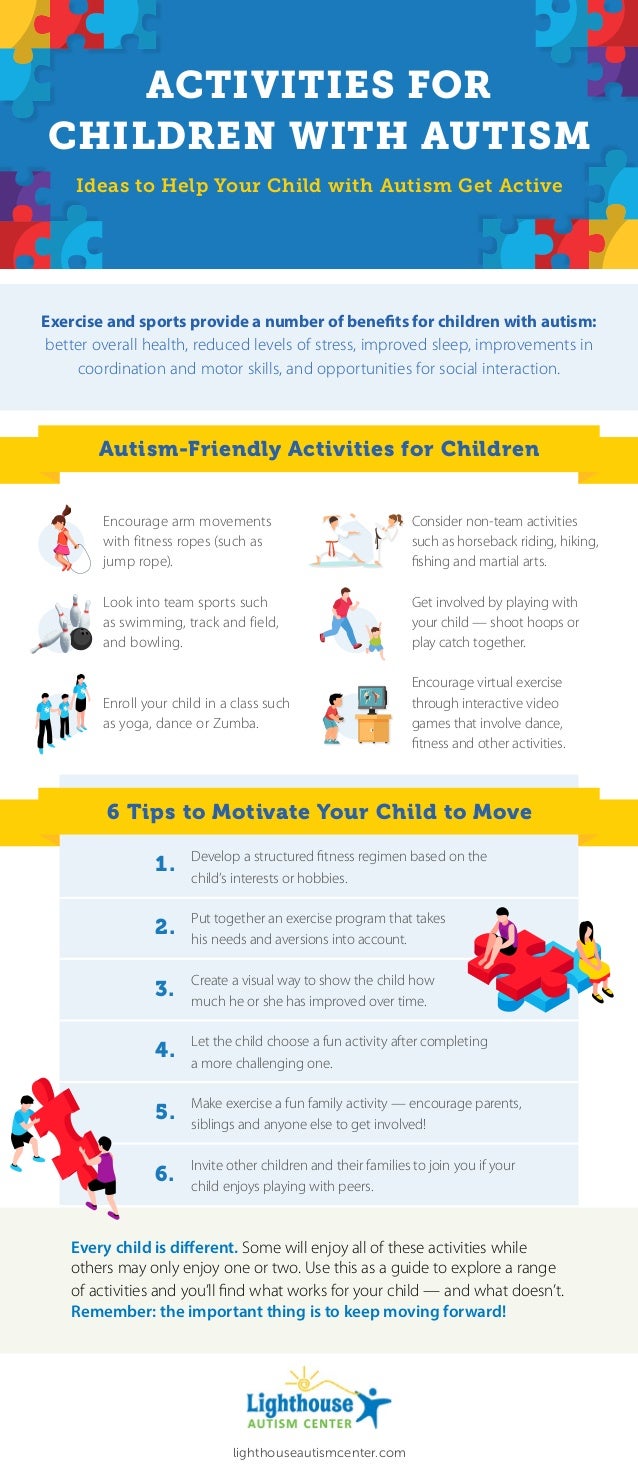ABA therapy is a type of behavioral therapy that aims to develop the necessary cognitive functions and behavioral skills in autistic children. Unlike ordinary children who learn to eat, brush their teeth, go to the toilet, go up and downstairs, copying the behavior of their elders or reflexively, the autistic child has to be taught all this in a special way. For the development of various cognitive, emotional, communication functions, behavioral therapy is used.
The positive effect of ABA therapy is based on the principle of conditioned reflex: by helping a child develop the necessary skills, we reinforce each of his actions with a certain reward.
There are several different behavioral therapy techniques that are used in working with autistic people. Their goals, objectives and results are largely similar, but ABA therapy allows them to be achieved in a relatively shorter time, therefore it is recognized by specialists as the most effective.
Within the framework of ABA-therapy, we present certain functions that a child needs in the form of several sequential actions, each of which will be a goal for a certain period of time. For example, if we teach an autistic child to take food on his own, we must teach him, conventionally, to take a cutlery in his hand, take food with it, bring it to his mouth (and not to his forehead or chest) and ultimately eat it. Each of these simple steps is achievable in a short period of time.

Guide created by Lighthouse Autism Center
Follow – https://lifefitnesstricks.com for More Updates